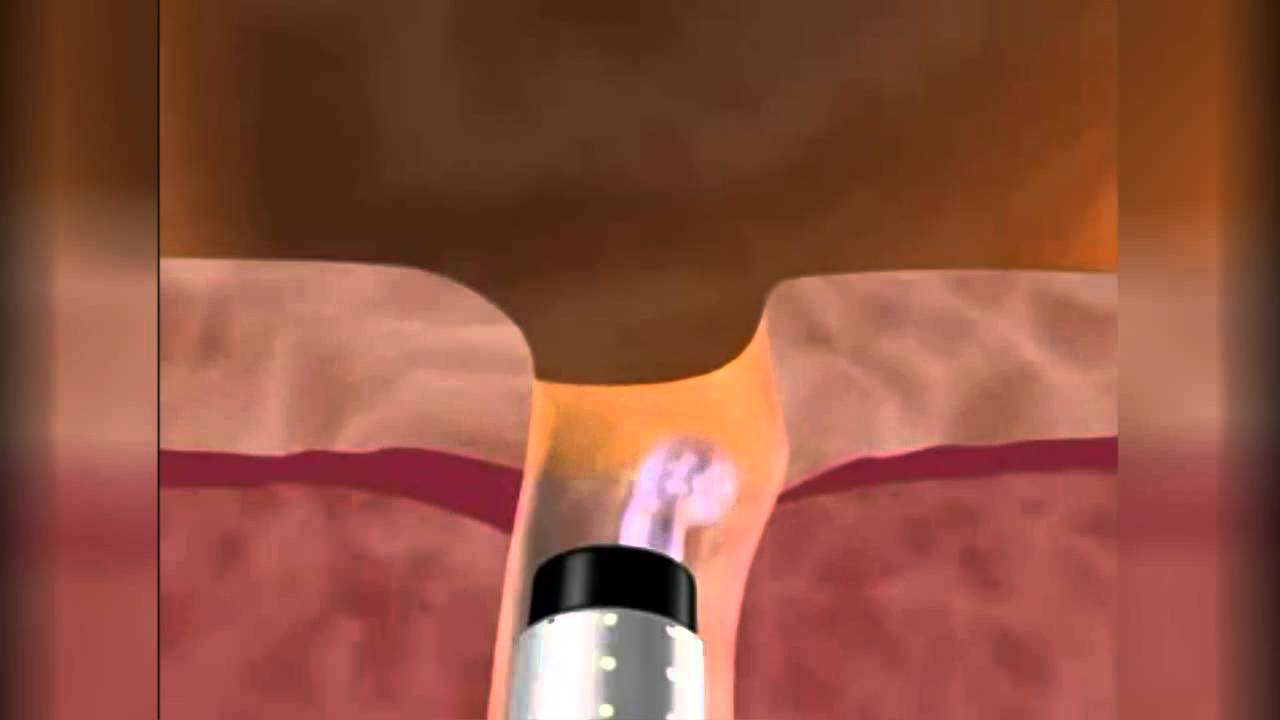Prostate Cancer Treatment and Prostate Cancer Surgery
There are several prostate cancer treatment methods available, prostate cancer surgery being just one example. The main treatments are “watchful waiting” or “active monitoring”, radiation therapy, hormone therapy, cryotherapy, and surgery. Treatment may involve a combination of these methods. New methods of treating prostate cancer are constantly being researched.
Prostate Cancer Surgery
One of the most common prostate cancer treatments, prostate cancer surgery is often used in the early stages of this disease when this is spotted.
Radical prostatectomy involves removal of all or part of the prostate gland. Radical retropubic prostatectomy involves removal of the whole prostate gland and neighbouring lymph nodes via an incision between the anus and scrotum. If the cancer has spread to nearby lymph nodes, then it has probably spread to other areas of the body, thus requiring alternative prostate cancer treatments than prostate cancer surgery.
Transurethral resection of the prostate involves the removal of cancerous prostate cells using an instrument inserted through the urethra. Electricity is passed through a tiny wire loop at the end to cut the cancerous cells from the prostate gland. This is a particularly useful procedure for improving the flow of urine.
Nerve-sparing surgery is a new technique aimed at protecting the nerves controlling penile erection from damage during prostate cancer surgery. With large tumors or tumors close to nerves, this type of surgery may not be possible.
Recent reports suggest that radical prostatectomy combined with hormone therapy is probably the most effective prostate cancer treatment regime for the more advanced stages of prostate cancer.
Watchful Waiting or Active Monitoring
For prostate cancers discovered at an early stage or is growing slowly, ‘watchful waiting’ may be offered. This is when the condition of the the prostate cancer is closely observed, with treatment starting when necessary.
Watchful waiting can also be suggested for more elderly men or men with other medical conditions where the risks and side effects of hormonal therapy, radiation therapy or surgery cancel out the benefits of prostate cancer treatment.
Radiation Prostate Cancer Treatment
Radiation therapy involves the use of high energy x-rays to destroy cancer cells. Radiation therapy, or radiotherapy, is a localized treatment, affecting cancer cells in a highly specific area. Radiation therapy can be used instead of surgery in the early stages of prostate cancer or post-operatively to clean up any remaining cancer cells after surgery.
Two methods commonly used are the linear accelerator where radiation is directed at the body, and the implanting of tiny radioactive seeds into or near the tumor. Radioactive seeds are normally used to treat small tumors, but some cases of prostate cancer can require the use of both types of radiation therapy.
External radiotherapy using the linear accelerator usually requires one to attend hospital or clinic 5 days per week for a number of weeks. Radioactive seed implant therapy may require a short hospital stay.
Hormone Prostate Cancer Treatment
Cancer cells can grow in response to male hormones or androgens produced in the body. Therefore, hormone therapy seeks to suppress the production of androgens or block their action in some way.
There are numerous methods of hormone therapy. For example, systemic therapy is used for cancers that have spread, and affects cancer cells throughout the body. Systemic therapy is often used to prevent recurrance of the cancer after radiation prostate cancer treatment or prostate cancer surgery.
Orchiectomy is where the testicles, the main source of androgens, are surgically removed. Drugs such as goserelin, buserelin and leuprolide are used to prevent the testicles from producing the main androgen hormone, testosterone.
Other drugs, anti-androgens, like bicalutamide and flutamide block the action of male hormones. The adrenal glands can be inhibited from producing androgens by the drugs aminoglutethimide and ketoconazole.
Usually, a combination of prostate cancer treatments are used depending on each individual case. These are sometimes referred to as CHT or combined hormonal therapy, CAB or combined androgen blockade, MAD or maximal androgen deprivation, and TAB or total androgen blockade.
However, in advanced stages, prostate cancers are able to grow independently from the action of male hormones, and hormone therapy becomes ineffective as a treatment for prostate cancer.
Cryotherapy Prostate Cancer Treatment
Cryotherapy can be effective as a prostate cancer treatment. Cryotherapy involves inserting metal tubes or rods into the prostate gland tumor and running liquid nitrogen through them.
At between 321 and 345 degrees Farenheit, liquid nitrogen freezes the surrounding prostate cancer cells, rupturing and destroying them with the formation of ice crystals.
To avoid damage to the urethra, a warming solution is fed through a catheter positioned next to it. There have been good results with cryotherapy in the short term, but it doesn’t appear to be as effective as radiation therapy or surgery in the long term. Unfortunately, there is a 90 percent chance that cryotherapy will cause impotence.



